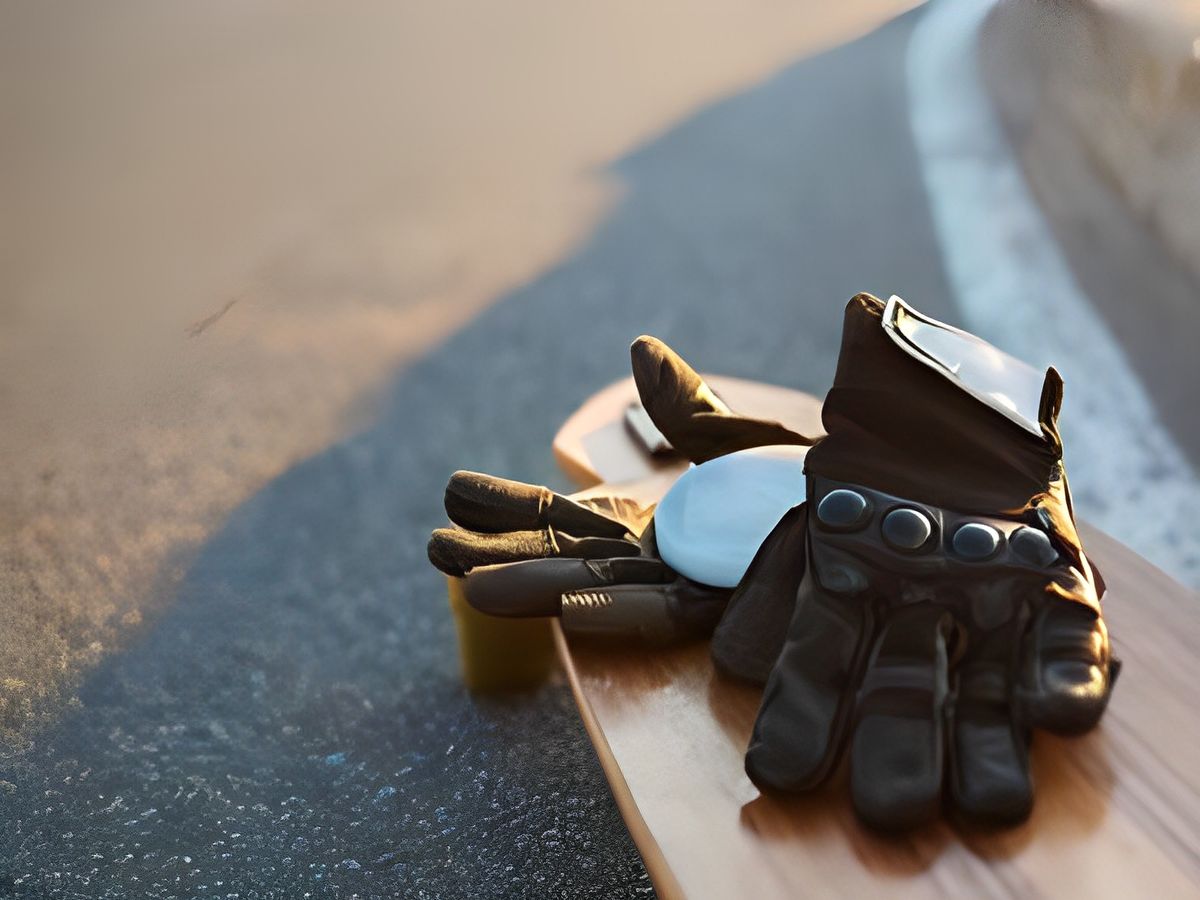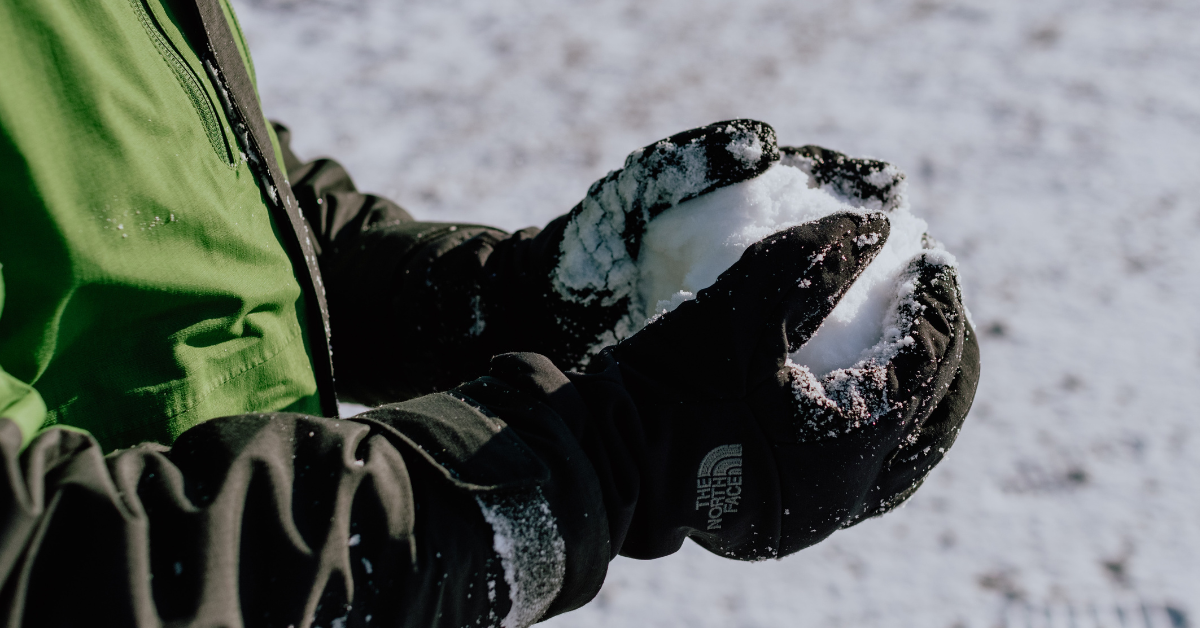Boxing bag gloves are crucial for anyone practicing boxing or other martial arts involving striking. They protect your hands and wrists, reducing the risk of injuries like sprains, fractures, or bruises. Without gloves, hitting a heavy bag or pads can cause significant damage to your hands over time. So, using proper gloves is essential for both safety and performance.
The impact of gloves on performance and injury prevention
The type of gloves you use can greatly affect your performance and the likelihood of sustaining injuries. Properly padded gloves distribute the force of your punches more evenly, reducing the impact on your hands and wrists. This allows you to train harder and longer without risking injury. Additionally, gloves provide support and stability to your wrists, which is crucial for maintaining proper form and technique. Overall, investing in high-quality gloves can enhance your performance while minimizing the risk of injuries.
What to expect in the article
In the upcoming article, we’ll delve deeper into the importance of boxing bag gloves. We’ll explore how these gloves not only protect your hands but also enhance your performance during training sessions. You can expect to learn about the various types of gloves available, their features, and how to choose the right pair for your needs. Additionally, we’ll discuss the role of gloves in injury prevention and provide practical tips for maximizing their effectiveness. Whether you’re a seasoned boxer or just starting, this article will provide valuable insights into the significance of box bag gloves.
Understanding Boxing Bag Gloves
Definition and purpose of boxing bag gloves
Boxing bag gloves are specially designed gloves worn by athletes during training sessions where they punch heavy bags or pads. The primary purpose of these gloves is to protect the hands and wrists while absorbing the impact of punches. They help reduce the risk of injuries such as cuts, bruises, and fractures, allowing boxers to train safely and effectively.
Different types of bag gloves and their specific uses
Traditional bag gloves: These gloves are designed for standard boxing training sessions, featuring ample padding to cushion the hands and wrists during repetitive strikes on heavy bags.
Muay Thai bag gloves: Muay Thai bag gloves are tailored to accommodate the unique striking techniques of Muay Thai, which often involve clinching and striking with elbows and knees. These gloves typically offer more flexibility and less padding around the fingers to allow for a wider range of motion.
MMA bag gloves: MMA bag gloves are versatile gloves suitable for mixed martial arts training, including striking and grappling. They are often more lightweight and offer increased finger dexterity compared to traditional boxing gloves, allowing fighters to transition between striking and grappling techniques more seamlessly.
Types of Boxing Bag Gloves
Boxing bag gloves come in various types, each designed to meet specific training needs and preferences. Here are some common types:
Traditional Bag Gloves: These gloves are designed for standard boxing training, providing ample padding and wrist support for striking heavy bags or pads. They offer protection and comfort for boxers of all skill levels.
Muay Thai Bag Gloves: Muay Thai bag gloves are tailored to accommodate the unique striking techniques of Muay Thai, such as clinching and striking with elbows and knees. They often feature less padding around the fingers to allow for greater flexibility and versatility in striking.
MMA Bag Gloves: MMA bag gloves are versatile gloves suitable for mixed martial arts training, including striking and grappling. They are typically lightweight and offer increased finger dexterity to facilitate transitions between striking and grappling techniques.
Hybrid Bag Gloves: Hybrid gloves combine features from traditional boxing gloves and MMA gloves, offering a balance of padding, flexibility, and grip. They are suitable for athletes who engage in both boxing and MMA training or prefer a versatile glove option.
Speed Bag Gloves: Speed bag gloves are specifically designed for training on speed bags, featuring minimal padding and a streamlined design to allow for quick hand movements and precise striking.
Each type of boxing bag glove has its unique features and advantages, catering to different training styles and preferences. It’s essential to choose the type that best suits your training goals and needs to maximize your performance and comfort during training sessions.
Key features to look for in boxing bag glove
Padding material and density: High-quality bag gloves feature dense padding made of materials like foam or gel to effectively absorb impact and protect the hands. Look for gloves with sufficient padding thickness to minimize the risk of injuries.
Wrist support: Good wrist support is essential to prevent wrist injuries during intense training sessions. Look for gloves with adjustable wrist straps or integrated wrist support systems to ensure stability and proper alignment.
Breathability and comfort: Bag gloves should be breathable to keep your hands cool and comfortable during extended training sessions. Look for gloves with moisture-wicking lining materials and ventilated palms to promote airflow and reduce sweat buildup, enhancing overall comfort and hygiene.
By understanding the different types of bag gloves and their key features, athletes can make informed choices when selecting the most suitable gloves for their training needs.
Importance of Proper Fit
Impact of glove fit on performance and safety
The fit of the boxing bag glove plays a significant role in both performance and safety during training sessions. A properly fitting glove ensures that your hand is securely held in place, maximizing control and accuracy when throwing punches. It also helps distribute the force of impact evenly, reducing the risk of hand and wrist injuries. Conversely, a poorly fitting glove can result in discomfort, decreased performance, and an increased likelihood of injuries due to inadequate support and protection.
How to properly size boxing bag glove
Properly sizing boxing bag glove is crucial to ensure a comfortable and effective fit. To determine the right size, measure the circumference of your dominant hand just below the knuckles, excluding the thumb. Use this measurement to select the appropriate glove size according to the manufacturer’s sizing chart. It’s important to note that different brands may have slightly different sizing guidelines, so always refer to the specific brand’s recommendations when choosing glove size.
Signs of a good fit and common fitting mistakes to avoid
A good fit is indicated by a snug yet comfortable feel around the hand and wrist, with no excessive tightness or looseness. The glove should cover the entire hand and wrist area without any gaps or bulges. The fingertips should reach the end of the glove without being overly cramped, and the wrist strap should provide firm support when secured. Common fitting mistakes to avoid include choosing gloves that are too small, which can restrict movement and cause discomfort, or gloves that are too large, leading to inadequate support and increased risk of injuries.
By paying attention to glove fit and following proper sizing guidelines, athletes can optimize their performance and safety during boxing training sessions.
Materials and Construction
Overview of common materials used in boxing bag glove
Leather: Leather is a traditional and popular choice for boxing bag gloves due to its durability, flexibility, and superior feel. Genuine leather gloves are known for their high-quality construction and ability to withstand rigorous training sessions. They offer excellent protection and comfort, although they may require more maintenance compared to synthetic options.
Synthetic materials: Synthetic materials such as vinyl or polyurethane are commonly used in boxing bag glove as more affordable alternatives to leather. These materials often provide good durability and resistance to wear and tear. While they may not offer the same level of flexibility and breathability as leather, synthetic gloves can still provide adequate protection and performance for training purposes.
Hybrid options: Hybrid gloves combine elements of both leather and synthetic materials to offer a balance of durability, performance, and affordability. These gloves may feature leather construction in critical areas like the palm and thumb for enhanced durability, with synthetic materials used in less high-impact areas to reduce cost and weight. Hybrid options provide a good compromise for those seeking the benefits of both materials.
Construction techniques and their impact on durability and performance
Stitching: The stitching of boxing bag gloves plays a crucial role in their durability and longevity. Gloves with reinforced stitching, preferably double-stitched seams, offer greater resistance to tearing and unraveling, ensuring they can withstand repeated use over time.
Layering: Layering refers to the construction of the padding inside the glove. Multiple layers of foam padding, strategically placed to provide optimal protection and shock absorption, contribute to the overall durability and performance of the gloves. Well-layered gloves maintain their shape and padding integrity even after prolonged use.
Closure systems (Velcro, lace-up): The closure system of boxing bag gloves, whether Velcro or lace-up, impacts both the fit and security of the gloves during training. Velcro closures offer convenience and adjustability, allowing for quick and easy on/off and personalized fit. Lace-up closures provide a more customized fit and superior wrist support, although they require assistance to put on and take off. The choice between closure systems ultimately depends on personal preference and training needs.
Durability and Longevity
Factors influencing the lifespan of boxing bag gloves
Frequency of use: The more frequently boxing bag gloves are used, the quicker they will wear out. The constant impact from punching heavy bags or pads can gradually break down the materials and padding, reducing the gloves’ lifespan.
Maintenance and care routine: Proper maintenance and care can significantly impact the longevity of boxing bag gloves. Regularly cleaning the gloves to remove sweat, dirt, and bacteria can help prevent premature deterioration. Additionally, allowing the gloves to air out and dry thoroughly after each use can prevent moisture buildup, which can lead to unpleasant odors and deterioration of the materials.
Quality of materials and construction: The quality of the materials used in the construction of boxing bag gloves, as well as the craftsmanship, can greatly affect their lifespan. High-quality gloves made from durable materials and featuring reinforced stitching and padding tend to last longer than lower-quality alternatives.
Tips for extending the lifespan of boxing bag gloves
Clean regularly: Wipe down the gloves with a damp cloth or use glove deodorizers to remove sweat and bacteria buildup after each use.
Air out and dry: Allow the gloves to air out and dry thoroughly after each training session to prevent moisture buildup, which can cause unpleasant odors and deterioration of materials.
Rotate gloves: If possible, rotate between multiple pairs of gloves to distribute the wear and tear evenly and give each pair time to fully dry out between uses.
Store properly: Store the gloves in a cool, dry place away from direct sunlight and moisture to prevent mildew and deterioration of materials.
Avoid extreme temperatures: Avoid storing or using gloves in extreme temperatures, as this can cause damage to the materials and padding.
Use hand wraps: Always wear hand wraps underneath boxing bag gloves to provide additional protection for your hands and help absorb sweat, reducing moisture buildup inside the gloves.
Choosing the Right Gloves for Your Needs
Considerations based on skill level and training goals
When selecting boxing bag gloves, it’s essential to consider your skill level and training goals. Beginners may prioritize gloves with ample padding and wrist support to prevent injuries and build proper punching technique. Intermediate and advanced practitioners may focus on gloves that offer a balance of protection, durability, and responsiveness to support more intense training sessions and skill refinement. Additionally, those with specific training goals, such as improving speed, power, or endurance, may seek gloves tailored to their individual needs.
Recommendations for specific training scenarios
Heavy bag work: For heavy bag training, opt for gloves with substantial padding and wrist support to cushion the impact of powerful punches and reduce strain on the wrists. Look for gloves specifically designed for heavy bag work, with dense foam padding and durable construction to withstand repeated strikes.
Speed bag training: When training on the speed bag, lighter gloves with less padding are preferable to allow for greater speed and agility in striking. Choose gloves with a snug fit and minimal bulk to facilitate quick hand movements and precise timing on the speed bag.
Mixed martial arts (MMA) training: For MMA training, versatility is key. Consider hybrid gloves that offer a balance of padding, flexibility, and grip for both striking and grappling. Look for gloves with open fingers or finger loops to allow for dexterity during grappling and clinch work, while still providing adequate protection for striking.
Budget-friendly options can provide adequate protection and performance for beginners or casual practitioners. These gloves typically feature synthetic materials and basic construction but still offer sufficient padding and wrist support for safe training. Premium choices, on the other hand, often boast higher-quality materials, superior craftsmanship, and advanced features such as specialized padding systems or ergonomic designs. While premium gloves may come with a higher price tag, they can offer enhanced durability, comfort, and performance for serious athletes or those with specific training needs.
Maintenance and Care
Importance of proper glove maintenance for hygiene and longevity
Proper maintenance of boxing bag gloves is crucial for both hygiene and longevity. Regular cleaning helps remove sweat, dirt, and bacteria buildup, preventing unpleasant odors and extending the lifespan of the gloves. Additionally, routine care preserves the integrity of the materials and padding, ensuring that the gloves continue to provide adequate protection and performance over time.
Step-by-step cleaning and care instructions
Wipe down the exterior: Use a damp cloth or gentle soap solution to wipe down the exterior surfaces of the gloves, paying particular attention to areas with heavy sweat buildup or visible dirt.
Clean the interior: If possible, use glove deodorizers or antibacterial spray to clean the interior lining of the gloves, eliminating bacteria and preventing odor.
Air dry thoroughly: After cleaning, allow the gloves to air dry completely in a well-ventilated area, avoiding direct sunlight or heat sources that could damage the materials.
Use glove deodorizers: Consider using glove deodorizers or odor-fighting inserts to help absorb moisture and keep the gloves smelling fresh between uses.
Avoid machine washing: Avoid machine washing or submerging boxing bag gloves in water, as this can damage the materials and padding, leading to deterioration and loss of effectiveness.
Storage tips to prevent odor and damage:
Allow to air out: After each use, allow the gloves to air out and dry thoroughly before storing them to prevent moisture buildup and mold growth.
Use glove inserts: Consider using glove inserts or stuffing the gloves with newspaper to help them retain their shape and absorb excess moisture.
Store in a cool, dry place: Store the gloves in a cool, dry place away from direct sunlight and moisture to prevent mildew and deterioration of materials.
Avoid closed containers: Avoid storing gloves in closed containers or gym bags for extended periods, as this can trap moisture and promote bacterial growth.
Rotate gloves: If possible, rotate between multiple pairs of gloves to allow each pair to fully dry out between uses and distribute the wear and tear evenly.
Conclusion
In conclusion, selecting the right boxing bag gloves is vital for ensuring both safety and performance during training. By prioritizing factors such as fit, padding, and wrist support, athletes can minimize the risk of injuries while maximizing comfort and control. Investing in quality gloves not only enhances training effectiveness but also promotes long-term durability and reliability. Proper maintenance and care further extend the lifespan of gloves, preserving their hygiene and integrity. Whether you’re a novice or a seasoned practitioner, choosing the right gloves tailored to your needs and goals is essential for a successful and fulfilling training experience.













Leave a Reply